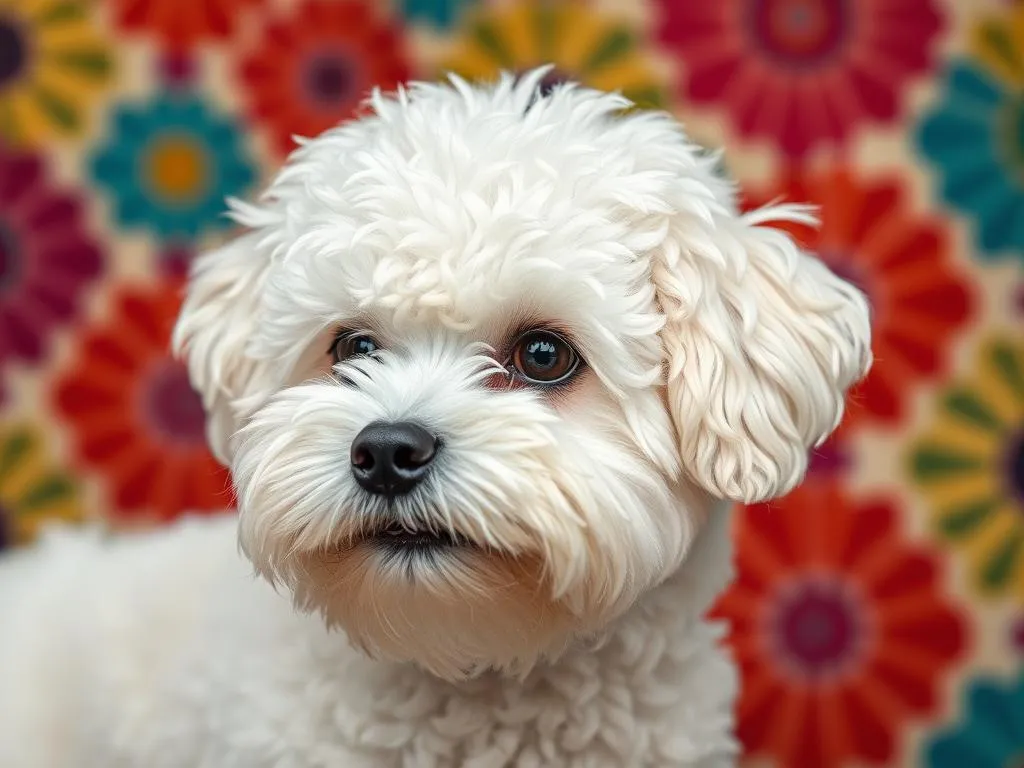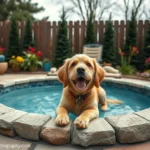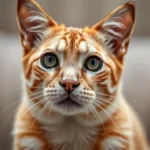
Introduction
The Bichon Frise is a delightful breed known for its cheerful disposition and fluffy, snow-white coat. This small dog has captured the hearts of many dog lovers around the globe. Often seen as a companion dog, the Bichon Frise has a rich history that dates back to the Mediterranean region, believed to be descended from the Barbichon family of dogs. Their playful nature and affectionate demeanor make them popular in various regions, particularly in Europe and North America.
Colors and patterns play a significant role in the visual appeal of dog breeds. For many prospective pet owners, the appearance of a dog can be just as important as its temperament. Understanding the Bichon Frise colors and patterns not only enhances their uniqueness but also influences breed standards. This article delves into the different colors and patterns that characterize the Bichon Frise, providing insights for both current and prospective owners.
Understanding the Bichon Frise Breed
Breed Characteristics
The Bichon Frise is a small breed, typically weighing between 10 to 18 pounds and standing about 9.5 to 11.5 inches tall at the shoulder. They possess a sturdy build with a rounded head, dark eyes, and a soft, curly coat that is often described as hypoallergenic. Their temperament is one of their standout features; they are known for being affectionate, playful, and intelligent, making them excellent family pets.
Despite their cheerful demeanor, Bichon Frises require consistent grooming due to their unique coat. Regular grooming helps prevent matting and maintains the health of their skin and coat. Their grooming needs are a crucial part of their care routine and contribute significantly to their overall well-being.
History of the Bichon Frise
The history of the Bichon Frise is intertwined with the evolution of small companion dogs. Originating in the Mediterranean, they were beloved by sailors and often accompanied them on voyages. Their popularity grew in royal courts, especially in France, where they were favored by nobility.
Over the years, the Bichon Frise has maintained its role as a companion animal, adapting to various family dynamics. They are known for their loyalty and ability to bond closely with their human counterparts, making them treasured members of many households.
Bichon Frise Color Varieties
Standard Bichon Frise Colors
The Bichon Frise is recognized primarily for its stunning white coat. However, there are several standard color varieties that have gained popularity among enthusiasts.
-
White: The hallmark of the Bichon Frise breed, pure white coats are often preferred for show dogs. A well-groomed white Bichon Frise is a sight to behold, radiating a sense of elegance and charm.
-
Cream: Cream Bichon Frises feature a softer hue that can sometimes be mistaken for white. The subtle differences lie in the warm undertones that can make these pups appear more golden, especially in sunlight.
-
Apricot: This color comes in various shades, from light to darker apricot. Apricot Bichon Frises have a unique charm, and their color can give them a distinctive appearance compared to their white counterparts.
Rare Colors
In addition to the standard colors, some less common shades can appear in Bichon Frises:
-
Buff: Buff Bichon Frises are characterized by a warm, light brown color that is both unique and appealing. While not as common as white or cream, buff Bichon Frises are recognized in some breeding circles.
-
Other Potential Colors: Some breeders may also produce Bichon Frises in less recognized shades, such as light gray or even chocolate. However, these colors may not conform to breed standards and are often considered rare.
Patterns in Bichon Frise
Solid vs. Patterned Coats
Bichon Frises can have either solid or patterned coats. Solid colors are straightforward, where the dog is one uniform color throughout, such as the classic white or cream. On the other hand, patterned coats may include various markings or combinations of colors that add visual interest.
Common Patterns Found in Bichon Frises
Several patterns can be found in Bichon Frises, each contributing to their charm:
-
Brindle: While not typical for the breed, some Bichon Frises may display a brindle pattern, which features a mix of darker stripes on a lighter background. This pattern is rare within the breed.
-
Parti-color: This pattern consists of a combination of two distinct colors. For example, a Bichon Frise with a predominantly white coat and patches of cream or apricot can be categorized as a parti-colored Bichon. This unique look has gained popularity among dog enthusiasts.
-
Sable: Sable Bichon Frises feature a coat that is darker at the tips and lighter at the base, creating a gradient effect. This pattern is relatively rare but can be strikingly beautiful.
Genetics of Bichon Frise Colors and Patterns
How Color Genetics Work
Understanding the genetics behind Bichon Frise colors and patterns can be fascinating. The colors and patterns seen in Bichon Frises are influenced by various genes that dictate coat pigmentation. The inheritance of these traits follows basic genetic principles, where dominant and recessive genes play a crucial role in determining a dog’s appearance.
Breeding for Specific Colors and Patterns
Breeding for certain colors and patterns in Bichon Frises raises ethical considerations. While many breeders aim to produce dogs with specific traits, it is essential to prioritize the health and temperament of the breed over appearance. Responsible breeding practices ensure that the dogs remain true to the breed standard while promoting good health.
Choosing a Bichon Frise Based on Color and Pattern
Personal Preferences
When selecting a Bichon Frise, personal preferences often guide the decision. Factors such as lifestyle, environment, and family dynamics can influence color preferences. For instance, a family with young children may prefer a color that shows dirt less easily.
Finding a Reputable Breeder
Finding a reputable breeder is vital when considering a Bichon Frise. Look for breeders who adhere to breed standards and conduct health testing on their dogs. A responsible breeder should be knowledgeable about the various Bichon Frise colors and patterns and be transparent about their breeding practices.
Adoption Considerations
Adopting a Bichon Frise can be a fulfilling experience. Many rescues and shelters are filled with dogs in need of loving homes. When assessing colors and patterns in rescue dogs, keep an open mind. The love and companionship a dog offers far outweigh the importance of its appearance.
Caring for Your Bichon Frise’s Coat
Grooming Tips
Maintaining the beauty of a Bichon Frise’s coat requires regular grooming. Here are some essential tips for keeping their coat in top shape:
-
Regular Brushing: Brush your Bichon Frise’s coat several times a week to prevent matting. Use a slicker brush or a comb designed for curly coats.
-
Bathing: Bathe your dog every 4 to 6 weeks, or as needed. Use a mild, dog-friendly shampoo to maintain the health and color of their coat.
-
Professional Grooming: Consider professional grooming every few months to keep their coat styled and free from tangles.
Maintaining Color and Health
The health of your Bichon Frise’s coat is closely tied to their overall well-being. A balanced diet rich in nutrients can enhance coat color and shine. Regular veterinary check-ups are also essential to identify any health issues early on.
Conclusion
The Bichon Frise colors and patterns add to the breed’s appeal, making them a joy to own. Understanding the significance of these colors and patterns can enhance the experience of owning a Bichon Frise. When selecting a dog, it’s important to consider all aspects of the breed, including temperament and grooming needs, beyond just appearance.
Ultimately, the bond you create with your Bichon Frise will be far more rewarding than the color of their coat. Whether you choose a classic white beauty or a rare apricot, the love and companionship they offer will be the true treasure of dog ownership.









